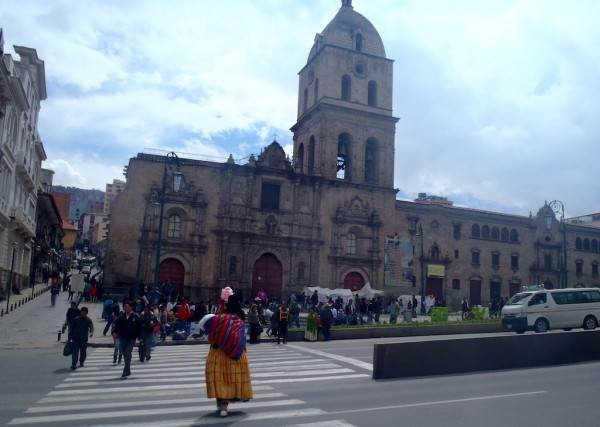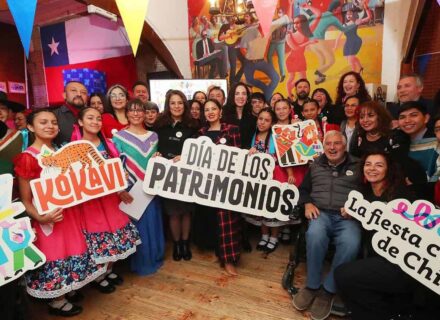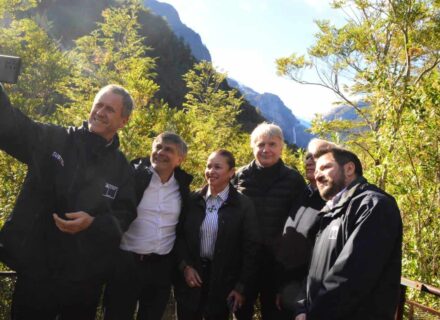Let me be completely honest up front – my memories of La Paz are a bit of a blur. I was suffering unbelievably bad altitude sickness, even though I had been higher already (during the Uyuni Salt Flat tour) and had spent almost a week “acclimating” to the altitude. Didn’t help much… when I got to La Paz, I gave up, let my travel partner take the lead and walked through the city sites in a bit of a blur. Thankfully I took pictures and was able to piece the memories and the sites back together a few weeks later.
La Paz really is an interesting city with traditional sites (like churches and government buildings) as well as more interesting places (like the Witch Market). If you can, take a few days longer than you planned to see La Paz. You will appreciate not having to rush around in the high altitude and you might discover that you really like this city on top of the world.
The World’s Highest Capital
La Paz was founded in 1548 and the full name actually means “Our Lady of Peace” to celebrate the end of a war in Peru the previous 4 years. Originally La Paz was not the capitol but in 1898 it became the “de facto” seat of government, while Sucre (another Bolivian city) remained the “official” capital. This makes it the highest capital in the world – at 3,650 meters (11,975 feet).
La Paz is actually located in a deep canyon, causing the city to look a bit like a bowl. The center of the city is at the canyon’s bottom and where the government buildings and many of the city’s touristy neighborhoods are located. As you move away from the city and up into the hills, the elevation rises to over 4,000 meters (13,000 feet). Oddly enough, the best views in town, from the surrounding mountains, are were the poorest and most dangerous neighborhoods of the city sit.
Standing over the city is the 3-peaked Illimani mountain, which always has a snow cap, and can be seen from miles and miles around.
Highlights

Sagarnaga Street
This is the main tourist street in the city and filled with hostels, cheap place to eat, backpacker bars, and shops selling handicrafts and souvenirs. If you are arriving in the city without plans or a place to stay, this is the best place to head.
Witches’ Market
From dead llamas to potions for increased fertility, you can find anything in the Witches’ Market. It is a highlight of many people’s visit to the site but actually quite smaller than most expect.
The Museums
La Paz has a number of really nice museums. If you are still feeling the altitude, they can be a nice, calm place to walk and learn more about the city. Buy a CIRCULAR Circuit of Culture and Art (sold at most tourist agencies and hotels) and you will be able to enter three of the better museums in town – The National Museum of Art, The National Ethnographic and Folk Museum, and the San Francisco Museum.
The Presidential Palace
Located on the Murillo Square, the Presidential Palace is actually more commonly referred to as the “Palacio Quemado” or Burnt Palace because it has been set on fire so many times.
The El Alto Market
Held every Thursday and Sunday, this large market sells anything and everything your heart could desire. It is actually one of the world’s largest markets and can get quite crowded. Don’t take any valuables and only small bills.
Couple Travel Tips
- Take a bus in or out of the city just so you can take a picture of the bus station. I know, sounds weird, but the La Paz bus station was actually designed by Gustave Eiffel, the man who designed the Eiffel Tower.
- Don’t get into a cab if you are not sure it is an official one (look for a yellow sticker on the windshield and a boarding on the roof). There have been many reports of “gypsy taxis” taking passengers to bad parts of the city in order to mug them.
- It’s also a good idea to now use your computer in La Paz. Laptops are not meant to work at this high of an elevation and are prone to crashing.



